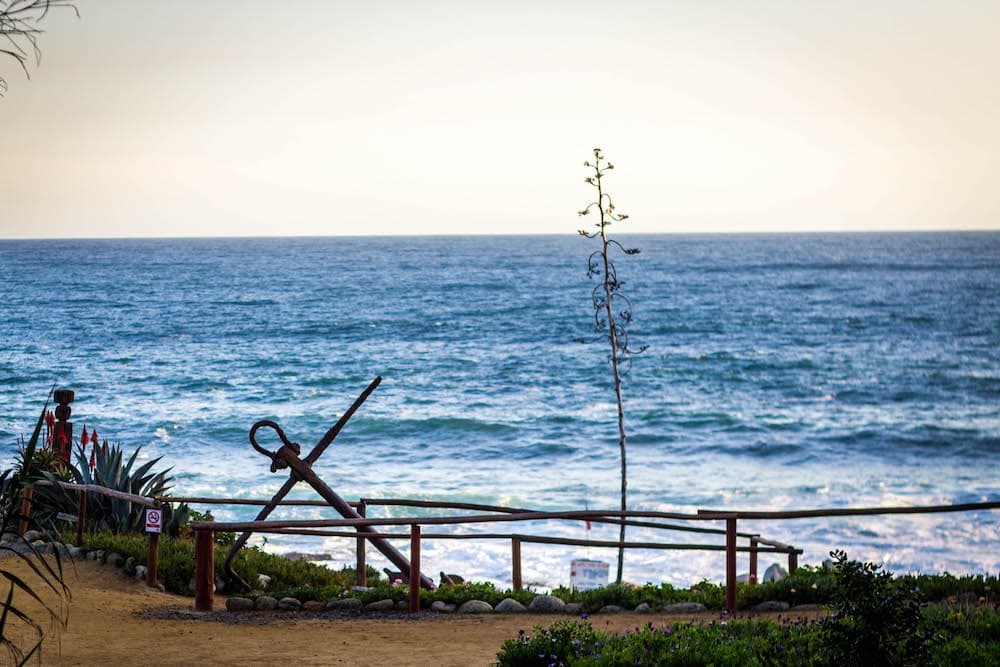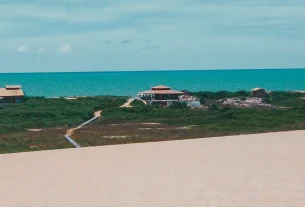Chile exports copper and poetry. If the first is the country’s main source of wealth, the second earned it the title of “Land of Poets”. The rich literary tradition is a source of pride among Chileans, who believe that, more than the beautiful landscapes of deserts and mountains, the beauty of Chile lies in the verses of Neruda, Nicanor Parra, Gabriela Mistral and Vicente Huidobro. The Pacific seems to play an important role in the country’s lyrical vocation. The main names in Chilean poetry found constant inspiration at sea.
Neruda even said that he was a land-based navigator. His most famous house, in Isla Negra, was built in the shape of a boat, facing the cold waters that always fascinated the writer. This is one of the stops on the route along the Chilean Poets Coast, a circuit that covers some of the coastal scenes that were immortalized in the verses and metaphors of these poets.
In addition to Neruda, Vicente Huidobro and Nicanor Parra also chose the central Chilean coast, in the Valparaíso region, to live. The latter, brother of singer Violeta Parra, is famous for deconstructing the rules of poetry in his writings. He still lives in his home in Las Cruces County, at 103 years old.
Read too: Great Travelers: Violeta Parra and the stories of a forgotten Chile
Neruda’s houses
Important Tip: Just because it’s on the side doesn’t mean you can travel unprotected. Travel insurance is important for any trip. Understand the reason and take advantage of our discount.
To do the itinerary, it is best to rent a car. The path is full of beaches and viewpoints that enrich the tour, not to mention the flexibility of schedules and routes that public transport cannot offer in this case. The set of beaches is approximately 100 km from Santiago, along the Carretera del Sol (Ruta 68). In this text we teach you how to rent a vehicle abroad with the best cost/benefit.
Those who cannot or want to drive can take the Pullman Bus (Central Costa Line). The vehicle leaves from the Santiago Sur Bus Terminal and connects the main cities along the route, passing through Algarrobo, Cartagena, El Quisco, Quilpué, San Antônio, Villa Alemana and Viña del Mar. You can also combine the route with a visit to Valparaíso and Viña del Mar.
To Cartagena from Huidobro
Along the Carretera del Sol, the first stop for those coming from Santiago is Cartagena. At the beginning of the 20th century, the resort gained popularity among wealthy families in Santiago, who built their summer homes there. In 1938, Vicente Huidobro inherited one of these houses from his mother and, due to its relative isolation and proximity to the sea and nature, he transformed it into his refuge for writing and a meeting point with friends, writers, painters and scientists of the time. Today, the place functions as a museum that aims to preserve and disseminate the author’s work.
Huidobro is known as a creationist poet. In his poetry, he invented worlds, entire universes endowed with their own nature and governed by physical laws different from ours, sometimes filled with surrealism. He understood that the main function of poetry was to create. “The poet is a little God,” he wrote in Espejo del Agua. He was considered an important vanguard in Chilean poetry and one of the main names in literature in the 20th century.
Of course, great recognition almost always comes with big egos and his feud with another famous poet, Pablo Neruda, is well known in literary circles. The raid outlived the poet himself, to the point that Neruda made provocations in speeches years after Huidobro had left this world. This and other facets of the writer’s private life, such as his controversial involvement with a 16-year-old teenager, are also on display at the museum. A hill behind the poet’s house leads to beautiful rural views and his tomb, built overlooking the sea.
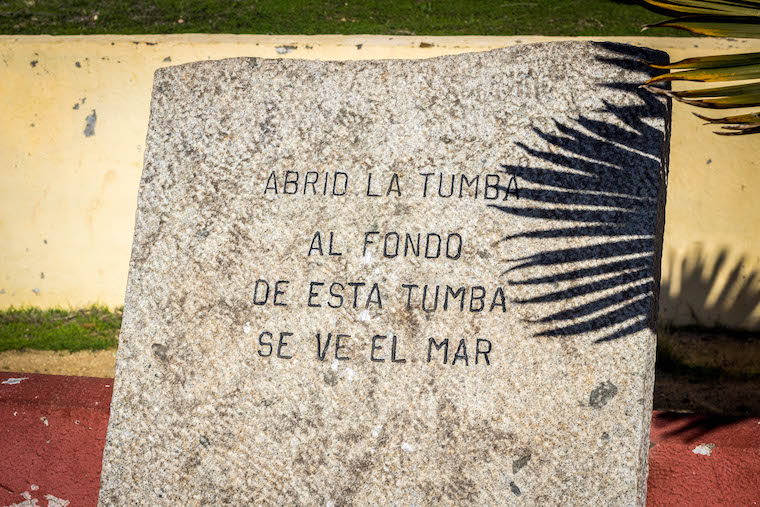
Official website – The Vicente Huidobro Museum is open from Tuesday to Sunday, from 10am to 7pm in summer and until 5:30pm in winter. The entrance fee is 5,000 Chilean pesos (R$25). Students and children pay 2,000 (R$10).
Las Cruces is the house of Nicanor Parra
The small town of Las Cruces does not have more than 3,000 inhabitants, but at least one of them is illustrious. This was the place that the century-old poet Nicanor Parra chose, since the mid-1980s, to spend his old age. Like Cartagena, the place also became a popular summer destination for elites and, as a result, ended up gaining some slightly eccentric constructions by Chilean architects such as Josué Smith Solar and Fray Pedro Subercaseaux.
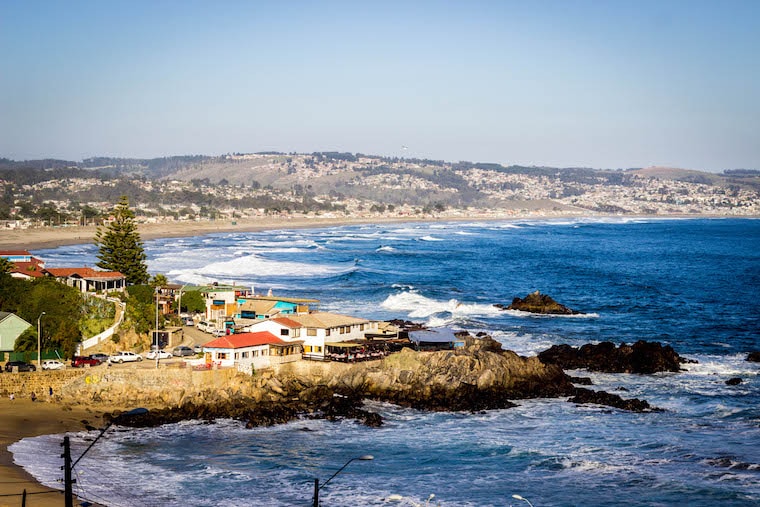
In one of these curious houses lives Nicanor Parra. Local residents are already accustomed to admirers of his work and curious people passing through the small town in an attempt to catch a glimpse of the reclusive gentleman in his daily routine and willingly give up his address on Calle Lincoln. As a reference, look for the old Beetle that is usually parked in front of the house. After browsing, it’s worth stopping for a few minutes (or hours) to enjoy the beaches that convinced the poet to make Las Cruces his permanent residence.
Nicanor is known for being the creator of antipoetry, a literary movement that broke with the poetic standards established until then. For this reason, he was considered by some critics as one of the most important poets in the West.
Isla Negra, Neruda’s favorite house
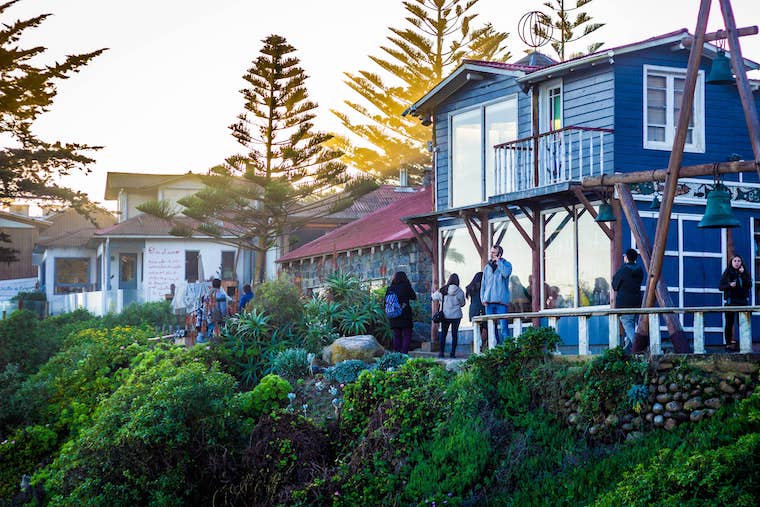
Neruda treated his houses like art. He built three, one for each wife. The last one, in Isla Negra, was his favorite, where he lived the last years of his life with his great love, Matilde Urrutia. When the poet passed away in 1973, Matilde continued to live there until his death. Built partly in the shape of a boat, partly in the shape of a train, the house in Isla Negra references both Pablo’s great fascination with the sea and his childhood spent on the tracks with his father, who worked on the country’s railway system.
The house also contains some of the various collections kept by the poet. Many of the pieces displayed there were collected on his travels around the world, such as carnavals, insects, shells, various statues and other objects that prove his vocation as an eccentric poet. One of the writer’s most beloved items was the “happiest horse in the world”, a sculpture that was used as decoration in a store that Neruda passed by every day on his way to school. Years later, he found the horse at a fair and didn’t think twice before buying it.
Neruda is buried in the Isla Negra house, which today functions as a museum and part of the Pablo Neruda Foundation. The house is open from Tuesday to Sunday, from 10am to 6pm from March to December and until 7pm in January and February. Entrance costs 7,000 pesos (R$36). Students pay 2,500 pesos (R$13). Official site.


